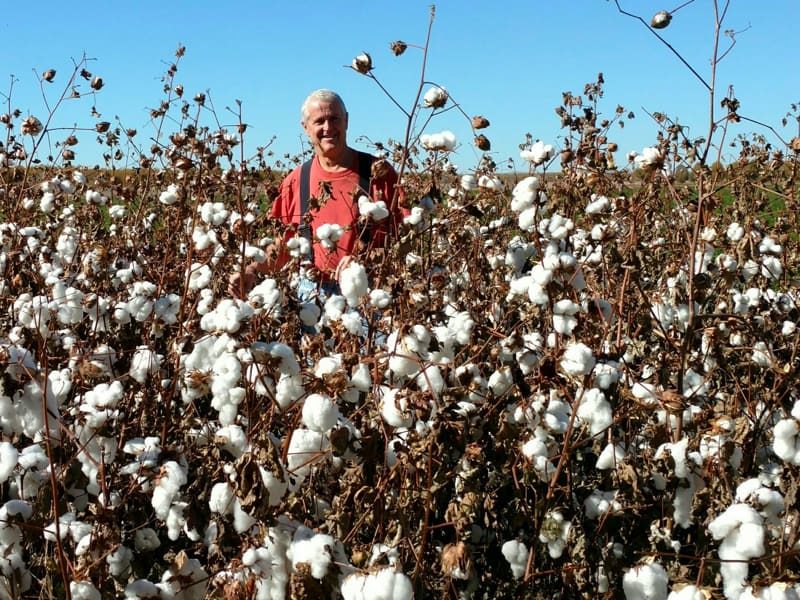No-Till Farmer
Get full access NOW to the most comprehensive, powerful and easy-to-use online resource for no-tillage practices. Just one good idea will pay for your subscription hundreds of times over.


Editor’s note: This is the first of a four-article series on the components of regenerative soils that can help no-tillers and strip-tillers be more profitable.
The challenge ahead for farmers is to produce more food on a declining land area, with soils and ecosystems that are continually being degraded — all while using less water, energy and natural resources under difficult economic circumstances.
But the good news is that there are tools growers can use to meet these challenges, says David Johnson. The New Mexico State University soil researcher told 250 farmers at the Regenerative Agriculture Conference in Brandon, Manitoba, that it’s going to require a very different agricultural system than what exists today.
“We can rebuild degraded soils. We can increase soil fertility. We can produce more nutrient-dense food and forage. We can use less water to grow crops and increase both plant-water use efficiency and soil-water storage capacity. We can reduce energy use by allowing nature to extract or fix essential nutrients. We can reduce both agrichemical pollution and atmospheric CO2 at the same time.
“But most importantly, we can improve productivity and profitability,” he says.
Johnson maintains that conventional agriculture over the last 70 years has damaged the microbial community structure in soils and farmers need to bring it back if they want farm ground to remain productive.
Johnson has spent the past 14 years learning what the thousands of microbes present in a well-functioning soil system actually do, and how they interact…